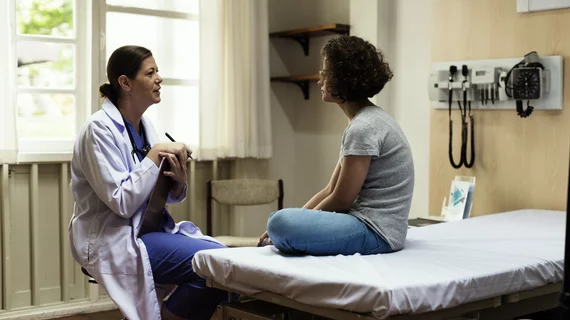Top 10 cities with the highest demand for physicians
Physicians are in high demand, with a 5% increase in job opportunities in the U.S. since 2018, according to a new research study on the 2019 labor market for doctors by Doximity.
Over the past three years, physician demand has increased year over year. And the looming shortage is expected to reach 120,000 by 2032. The study by Doximity is based on 27,000 physician jobs posted on the company’s platform in 2018 and 2019.
“While the job market is strong for physicians, this continued growth points to a serious concern: the potential impact of a physician shortage on patients," Amit Phull, MD, vice president of strategy and insights at Doximity, said in a statement. "As access to care increases in the U.S., it is essential that healthcare stakeholders consider this increasing demand for doctors and how it's cascading through the system, especially in smaller cities and rural areas."
Over the past 12 months, the healthcare industry added more than 402,000 jobs. The 5% growth rate that was observed for physicians across the top 10 metropolitan areas was slightly below the 7% growth rate in 2018 but is more in line with historical rates. Some cities have higher demand than others, including El Paso, Miami and Cleveland.
Here are the 10 cities with the highest demand for physicians:
- El Paso, Texas
- Miami, Florida
- Cleveland, Ohio
- Phoenix, Arizona
- Denver, Colorado
- Portland, Maine
- Seattle, Washington
- Honolulu, Hawaii
- Minneapolis, Minnesota
- Los Angeles, California
Of the cities with the highest demand, only Minneapolis is also among the top 10 cities for income growth for physicians. The top five metro areas where physicians are paid the most include: Milwaukee, New Orleans, San Bernardino, Minneapolis and Charlotte. In addition, compensation varied across specialties, as did demand.
"Our data show that the demand for physicians spans a diverse array of geographic regions and specialties," Christopher Whaley, PhD, lead author of the report and assistant adjunct professor at the University of California, Berkeley School of Public Health, said in a statement. "Interestingly, telemedicine continues to be one of the highest growth sectors of the market."
See the full report here.

